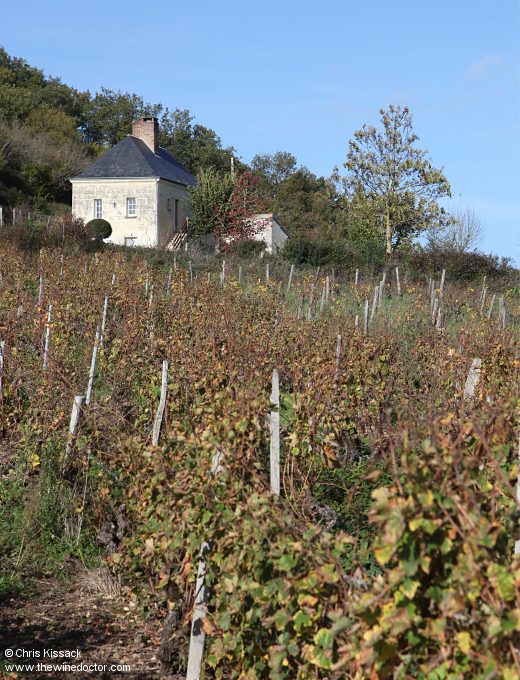Touraine Climate
French meteorologists have long used the Loire as a boundary, a convenient divider between the subtropical paradise enjoyed by all those who live south of Tours, and the sub-zero tundra found as you move north, towards the La Manche. While I accept the difference between north and south might not be quite that extreme, it is true that the Loire has long been pressganged into the role of national divider. It makes life easy for weather forecasters who regularly divide their bulletins into two, speaking first to those living north of the Loire (something along the lines of “take an umbrella with you today”), then to those who live to the south (“don’t forget to apply some Factor 15 today”).
This difference also accounts for the petering out of viticulture as you move north, Normandy and Brittany historically enjoying a greater reputation for their ciders, perries and eaux de vie (even if the Atlantic vineyards, of which today only Muscadet and Fiefs-Vendéens remain, once stretched all the way up into Normandy) while the region around Calais (and which is close to Belgium, of course) was better known for beers and brewing.
That the climate in France changes as you move from north to south perhaps goes without saying, but the same is true even within the Touraine region. Taste a white from the south of Chinon, alongside one from the vineyards of Jasnières (pictured) from the north of the region, to see this for yourself. But the climate also changes as you move from west to east, in other words as you move up and down the Loire.
Downstream of Touraine, to the west, are the vineyards of Anjou, a famously benevolent region, the climate of which is often referred to as the douceur Angevine, a term widely attributed to the 16th-century poet Joachim du Bellay (1522 – 1560). The gentle nature of the Anjou climate reflects the maritime influences upon it, the Atlantic helping to modulate winter and summer extremes, while the presence of hills to the east of Cholet, including the Puy de la Garde, protect it from Atlantic rainfall. Upstream to the east, however, we find the appellations of Sancerre and Pouilly-Fumé, close to the centre of France. Being some distance from the modulating potential of the Atlantic, or indeed any other large bodies of water, the climate of the Central Vineyards is more continental, with the potential for baking hot summers, but also bitterly cold winters.

